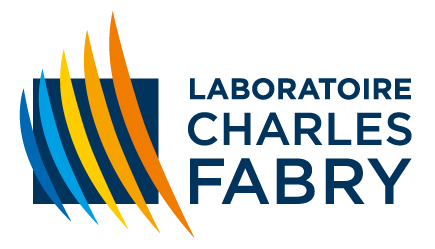Permanent Staff: Vincent Josse, Alain Aspect
PhD Student: Yukun Guo (funded by SIMONS Wave project), Xudong Yu
Postdoc: Niranjan Myneni (funded by SIMONS Wave project)
Ex members: Baptiste Lecoutre (now in SAFRAN), Azer Trimeche (SIMONS Wave project), Vasiliki Angelopoulou (now PhD at Copenhaguen) , Adrien Signoles (Now at PASQAL), Mukhtar Mussawadah (now at CAILABS), Vincent Denechaud (CIFRE/DGA -SAFRAN grant - now professor), Valentin Volchkov (Marie Sklodowska-Curie Grant No. 655933, now permanent position at MPQ Germany), Jérémie Richard (now at IXBLUE), Kilian Müller, Fred Jendrzejewski (now professor at Heidelberg), Alain Bernard (now professor), Patrick Cheinet (now CR at Paris Saclay), Juliette Billy (now Assistant Professor at Toulouse), William Guerin (now CR at INLN, Nice), Jean Felix Riou, Marie Fauquembergue












